In the Studio: Margaret Curtis
“I became very interested in what was behind a facade, or what was underneath, w...
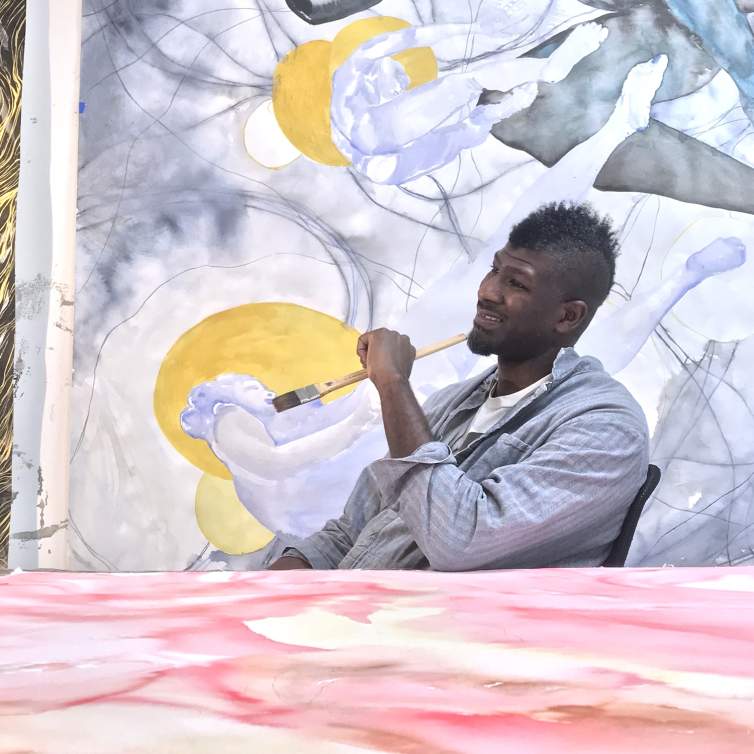
Kambui Olujimi is a Brooklyn-based artist and a 2021 recipient of the Joan Mitchell Fellowship. We interviewed him about his work and creative practice in July 2022. The following is an edited transcript of that conversation.
My work is project based. So there's an idea or concept that I'm interested in, and then the project that evolves from that usually takes a lot of different avenues. A large part of my work is just listening. I start exploring ideas, and then it's listening to what medium those ideas should best be expressed in. Content is the first thing, for me. That’s the guiding light.
For example, Zulu Time was a project that was looking at time as a projection of power, and I was just taken by how we walk around and believe, not only in time, but this notion of universal coordinated time. Real life curiosity led me down this rabbit hole, and the resulting exhibition and project from that was a series of sculptures that included glass, fabric work, assemblage, and full-on installation.
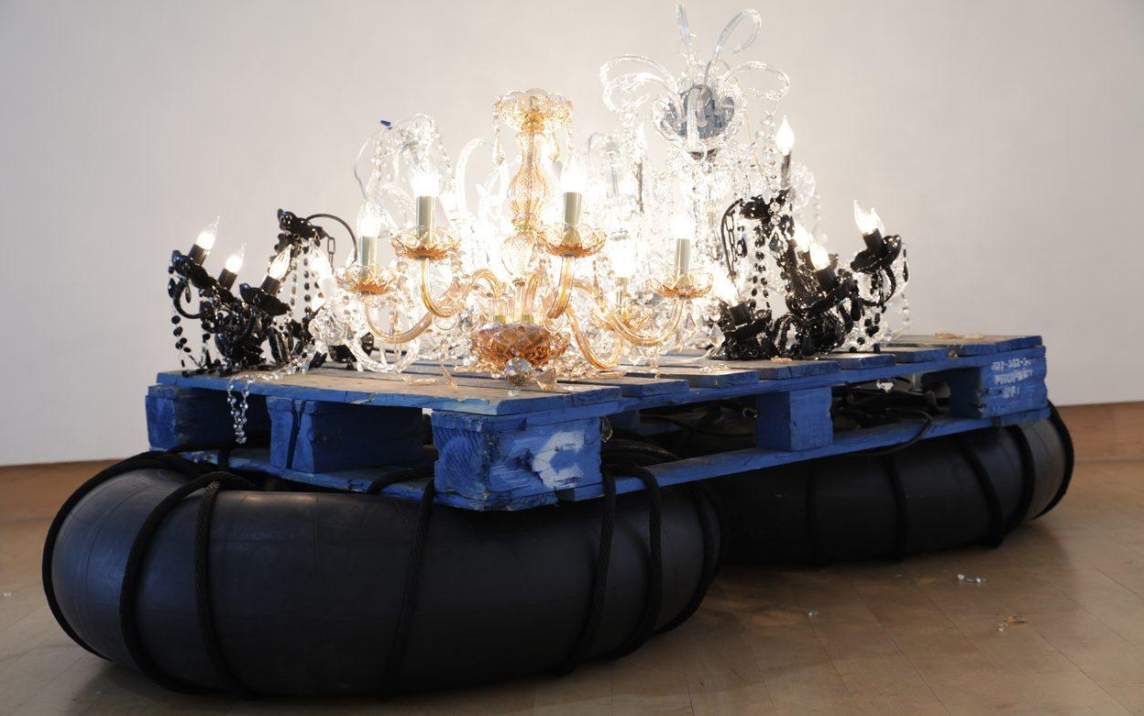
Years ago I made a project called Wayward North, which was about the intimacy of communication. It explored how narratives are cast across long distances. I was looking up at the sky and thinking about celestial navigation. Ancient people used the stars for travel but also created stories about the heavens. Those stories led to the creation of constellations which had many uses, like agricultural mapping or seasonal time-keeping. When this constellation rises in the sky, we know it's time to harvest. Constellations are also a way to have conversations over distance. If you are on the other side of the country or an island, in the sky we have this narrative bridge.
The Wayward North project started with me wanting to be connected to people that I loved, who were far away and traveling the open ocean. In listening to that as my point of departure, I was like, "Oh, constellations. Star maps. Large inhabitable star maps." And then from there I thought, marble and bronze, of course (laughing). But those materials actually have zero flexibility, and they don't operate in a way that a migratory aesthetic would. It's static, not nimble. It's institutional. If you're moving, if you're in flux, it has to be something that's transportable, but beautiful. And that's how I moved to fabric and quilting for the spine of the project.
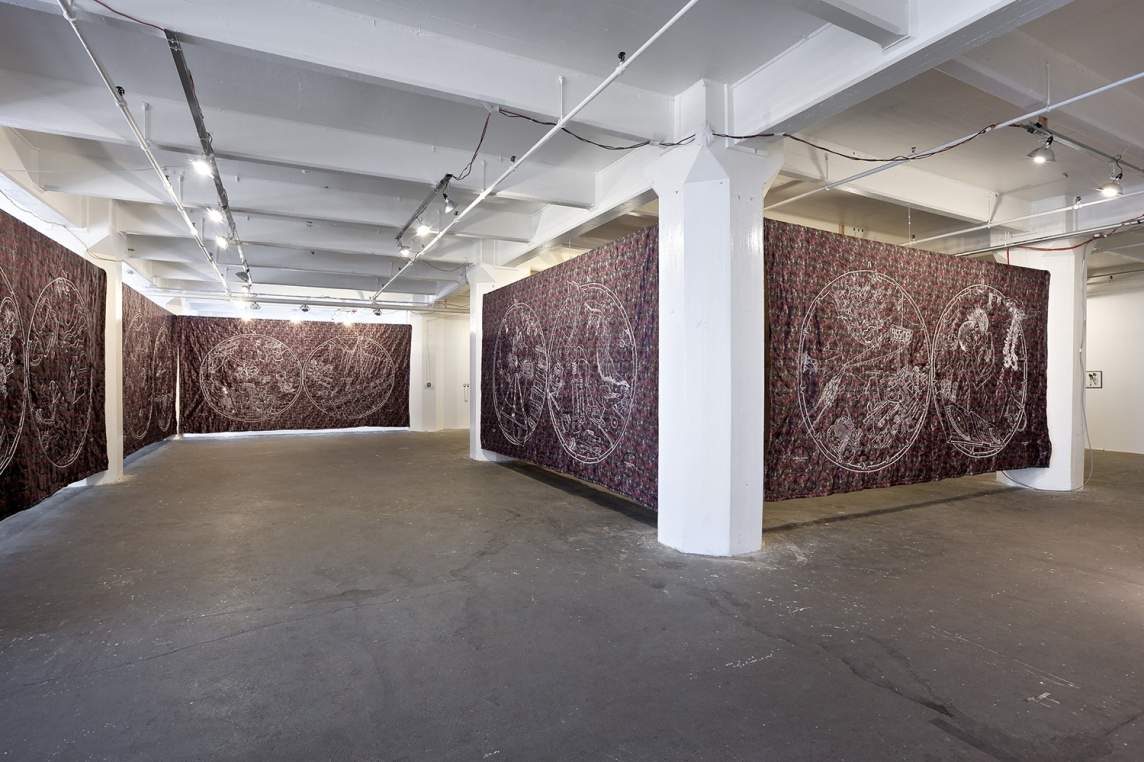
Quilting is about communities coming together, but it's an abstract language and communication over distance. I take your army uniform, my uncle's apron, and you take these bits and pieces and make it into this quilt. The narratives are then embedded in each piece of fabric, which is then divided and shared as each quilt moves through the world. So that is how I came to make these 20-foot quilted tapestries. In this way the concept defines the process.
Right now, I’m at a residency at Yaddo and I'm working on a project for the Sharjah Biennial, SB15, which will be in February 2023. I'm experimenting with different techniques that bridge photographic prints with painting watercolors and ink play. It's really new, and it involves some collage elements as well. I'm currently doing research on different tricksters and shapeshifters. I’m looking at folks who are operating in a way that's disruptive to the colonizing imaginary.
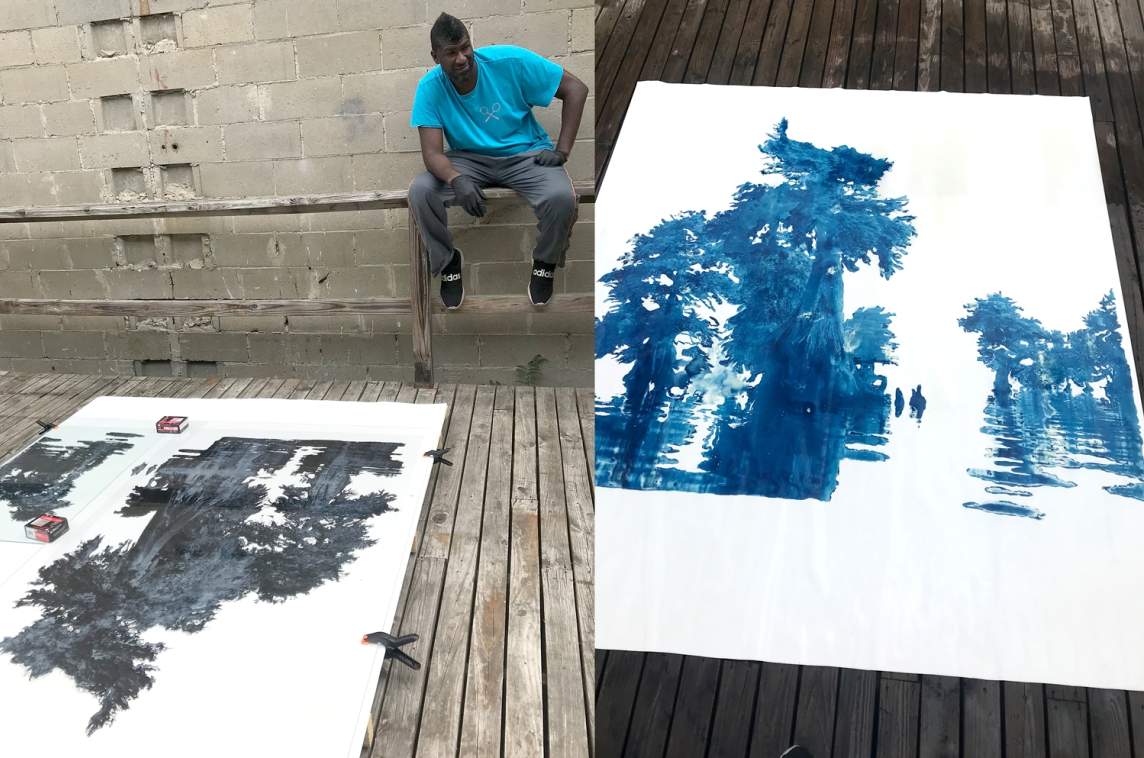
In addition to the Sharjah Biennial, I have a solo project with Susanne Vielmetter in LA coming up next spring. For that project, I'm closing out the last part of a 10 year collection of work exploring dance marathons from the '20s and '30s. These marathons really fascinate me. They started in a time of opulence, in the 1920s, and you have all of these teenagers dancing together, which is salacious. These were part of the youth counterculture, and they were about capacity and challenging one's limits and the limits of a body. The winners of these contests would dance for 60-80 hours straight.
It really takes off in the 1930s, and becomes much less about dance and just requires perpetual motion. All of it was set in this space of voyeurism where you could watch someone dance 24 hours, seven days a week for months. They would shave, get their hair done, they'd sleep on the dance floor and their partner would drag them around. There were elimination rounds where they would have to run over hurdles, after months of dancing, and they were physically exhausted. So it's this place that's both grotesque and magical. It's mythic and appalling, and absurd. It's just an everything bagel of psychic mania and elation.
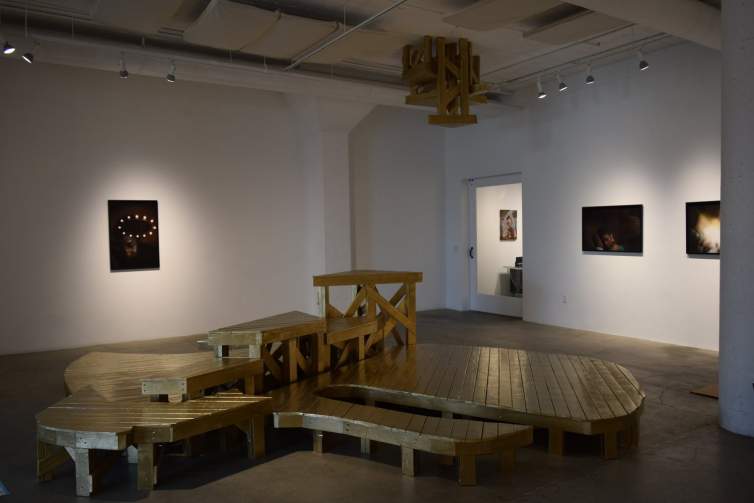
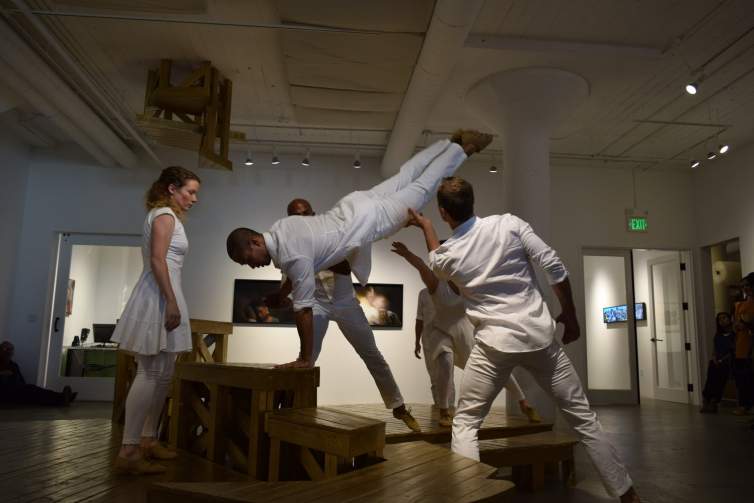
So on one hand, you're watching people’s struggles as entertainment, which is a hallmark of American entertainment. And then on the other hand, you have white women who are able to travel independently, without chaperones or any romantic interest, across the country. It's a really complex space. And it's a very White-American space. I was looking for an African-American or Black parallel, because they were vehemently segregated. But I couldn’t find one, and there were two reasons I thought that was the case. One was that being Black in America in the 1930s was an endurance contest in and of itself. And then the relationship to dance across the African diaspora is radically different.
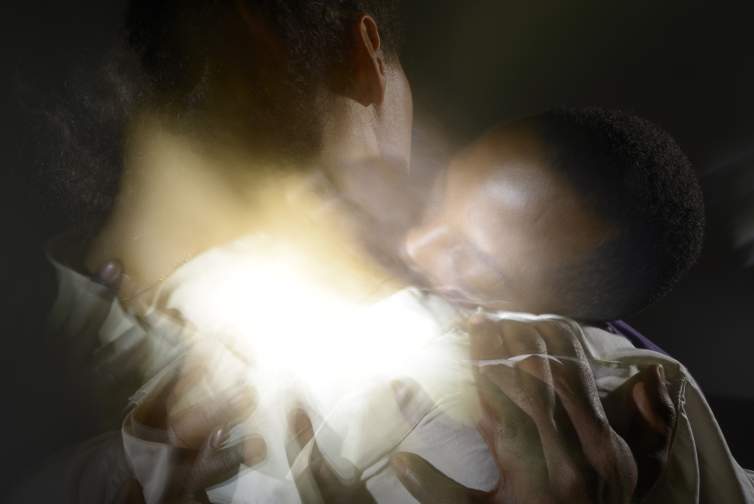
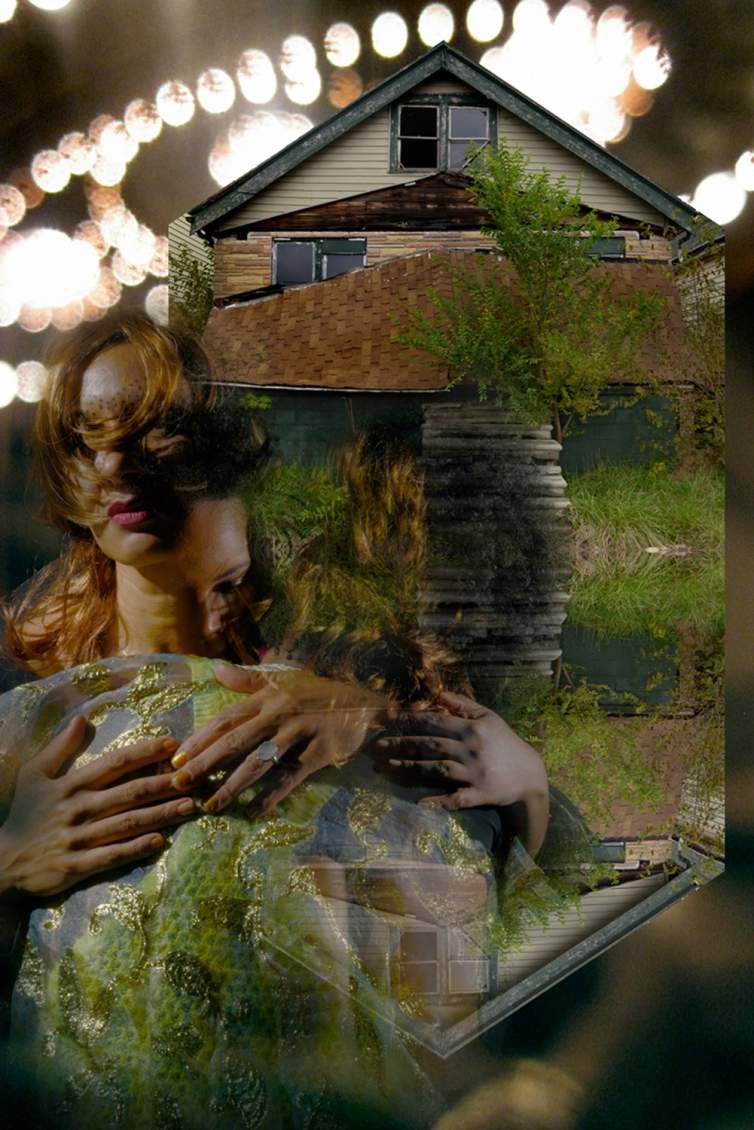
As I said, I've worked on this Dance Marathon related work for over a decade, and it's taken the form of paintings, silkscreens, videos, large scale sculptures, and long exposure photography. Along with everything I mentioned before, I think what is really interesting to me about this spectacle is that you're coupled with another body for five or six months. Once we're born, it's rare that someone is pressed up against us every day, that someone is in our arms every day, every moment that we are awake. So I’m really interested in these two bodies that become singular. These ideas of the shifting bounds of a body are something that thread through my work.
North Star is another project that I'm working on right now for next fall. I'm interested in the idea of reconsidering Blackness within Western and contemporary art, and thinking about boundlessness and weightlessness as a metaphor for being outside of the gravity of oppression.
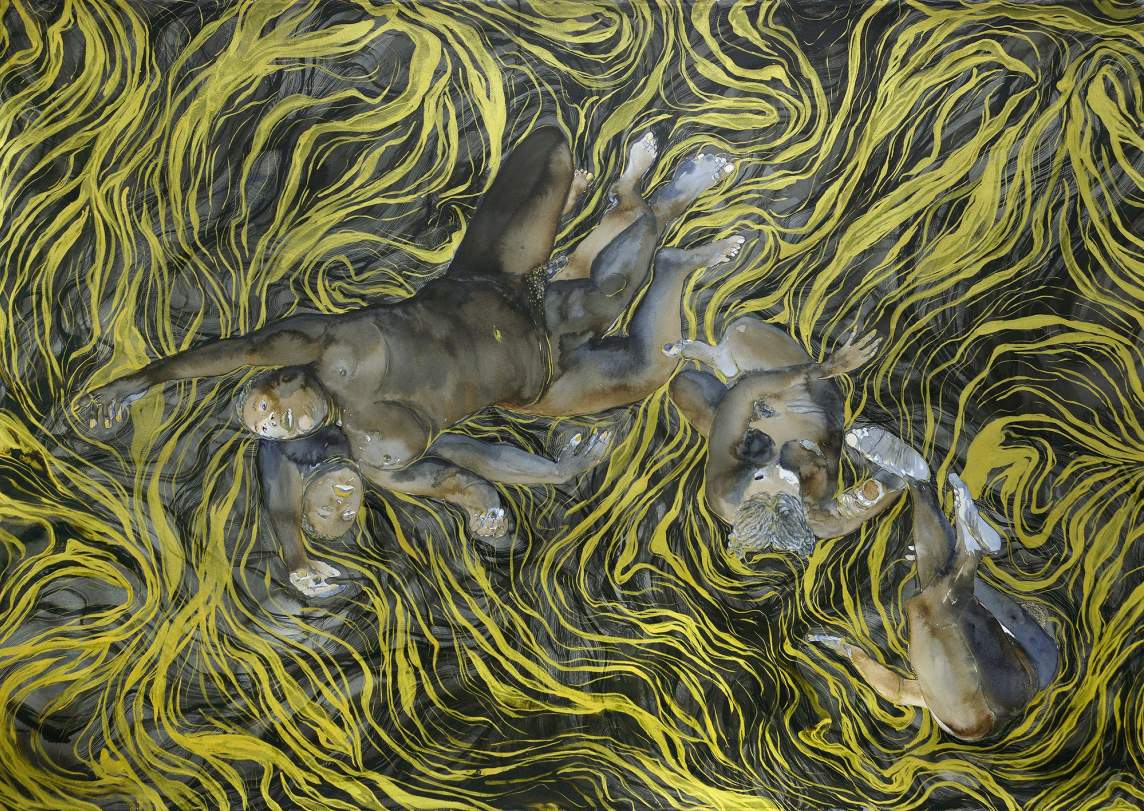
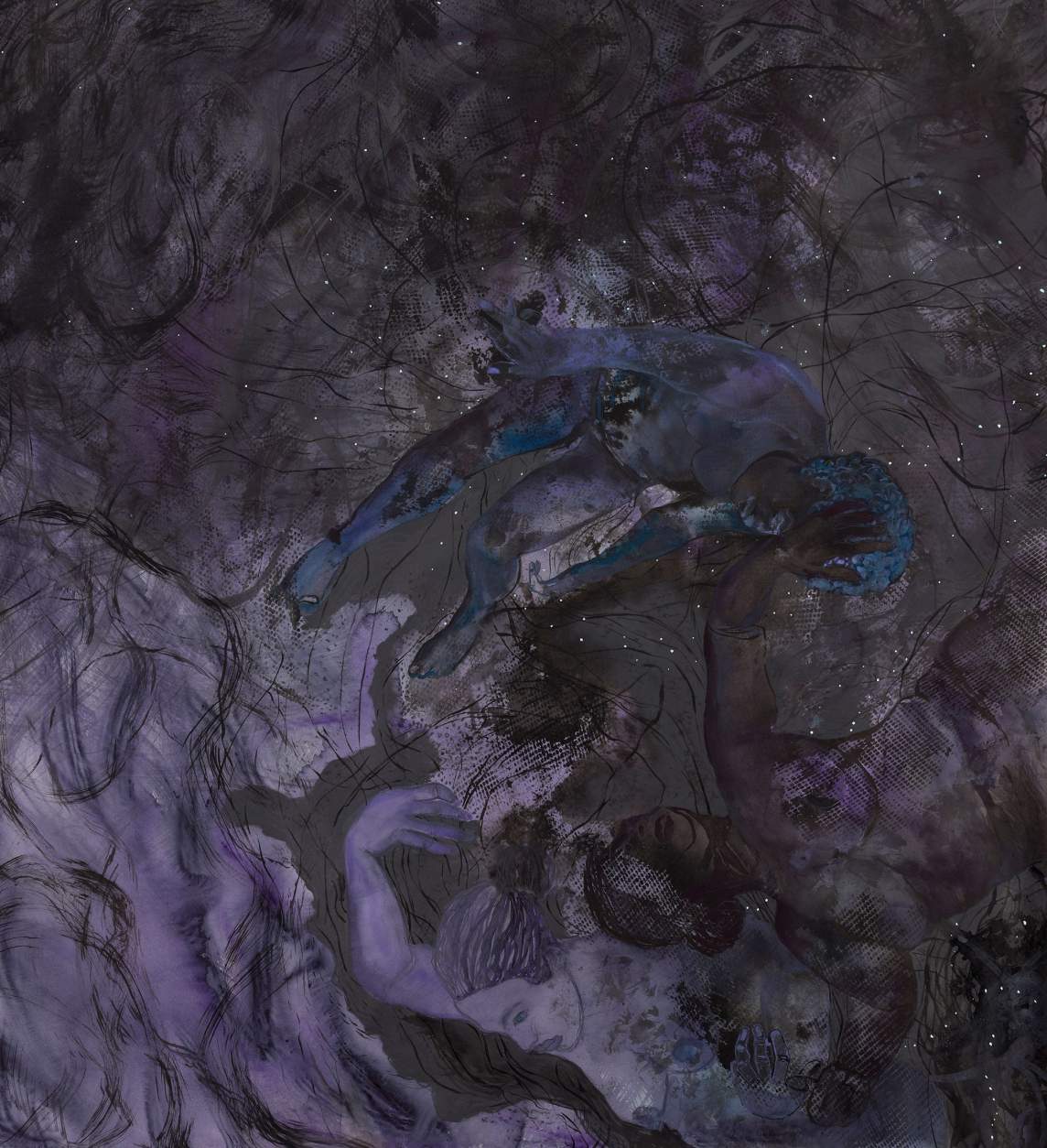
With the support of an Andrew Mellon Foundation Grant, I recently chartered a parabola flight. I took a group of participants on this flight that performs a series of parabola maneuvers, allowing passengers to experience zero gravity. We were weightless for nearly 8 minutes in total.
So there’s the metaphor, the prepositional space of this project, and then there’s the actual experiential space of the project. Even now, I'm still processing that experience of weightlessness for myself, and in my body. It was extremely transformative, and I'm still digesting it, even though it was three months ago now. I’m taking the time to listen to what the experience is telling me create out of it. I’m excited to see where it leads.
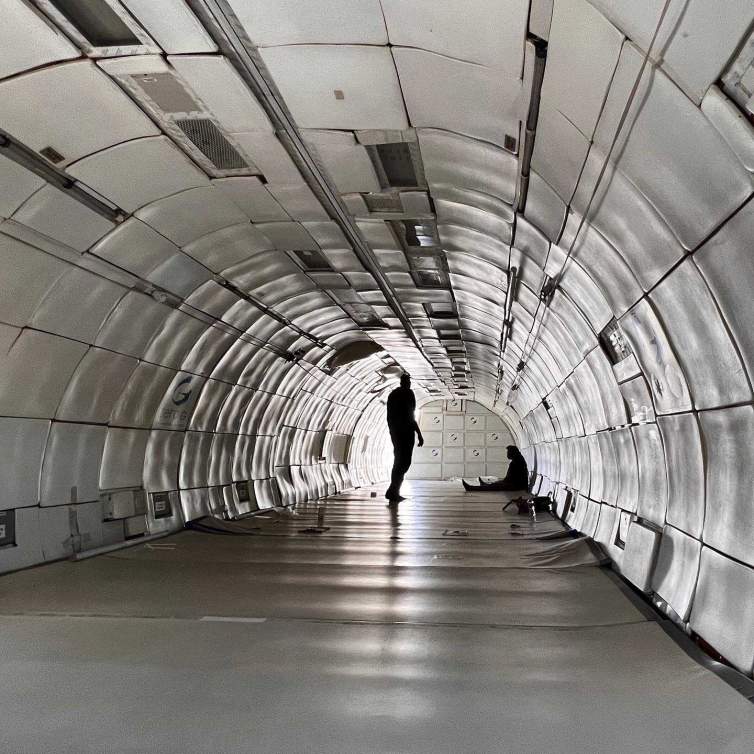
Interview and editing by Jenny Gill. Learn more about Kambui Olujimi’s work here.